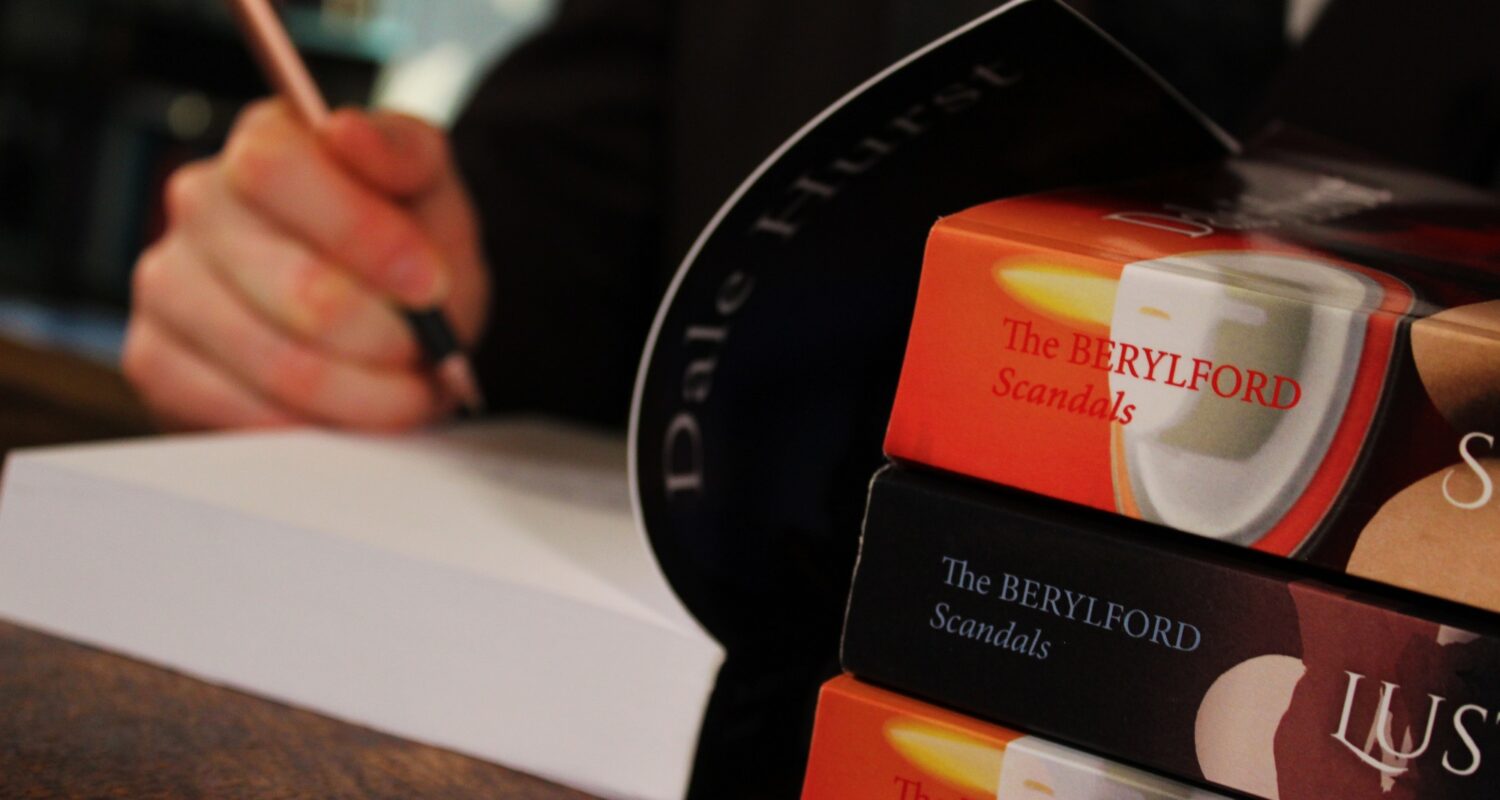Picking up an old habit… in the absence of a regular newsletter, here’s an update on how I’m getting on with creative projects…
Back when I was writing and editing the final drafts of Sin & Secrecy, I started writing these monthly progress report blogs. Not just to keep you readers up-to-date with the current book, but all creative projects currently in the pipeline. Last one was in 2020, I think. A lot has happened in the ensuing years as my social media footprint and sporadic blog posts will confirm. But now is as good a time as any to start these monthly reports up again. Might hold me accountable to getting things done on these projects!
You Can Hear Chopin from the Attic
The main one to discuss is Book Three, You Can Hear Chopin from the Attic. We had a few off weeks last month, on account of the heat we had in the UK. But I’m happy to say it didn’t move the goalposts as far as this wartime thriller is concerned. At the start of 2023, I said the target for the end of the year was to have a finished first draft. And, I confirmed in a recent social post, we’re still on course to hit that target.
As I’ve just finished the fifth “part” of eight, I’m just over 60% of the way through. I write my manuscripts in A5 formatting; earlier this week, I surpassed 500 pages. Hitting pivotal moments for my protagonists as they start to re-evaluate their actions, their decisions, their mindsets and more, in the wake of a tragedy. Don’t worry, no spoilers here! But yes, at over 500 pages, with a third or so of the story to go, I am more than well aware that the book is too long. We’ll save the slicing and dicing of plot and character for the editing process. That should be a 2024 job.
Lust & Liberty
Yes, you’ve read that correctly. I’m working on my first novel The Berylford Scandals: Lust & Liberty again. You needn’t fear, there are no drastic changes going on. I’m not changing the divisive ending, or anything else about the story for that matter. The occasional sentence or bit of dialogue, if I decide it sounded clunky. No, the alterations are mainly cosmetic and cost-related.
Since Amazon KDP raised their printing costs at the end of last month, my paperback royalties, which were meagre to begin with, will be impacted. Which is why I decided to reduce the font size and formatting of Lust & Liberty. An effort that has taken a fair chunk out of the page count. I’m doing a read-through now, just to ensure all joints are oiled before I commission an amended cover. The spine will need to be narrowed, you see?
Short stories and poems
While the labour of love of writing You Can Hear Chopin wages on, I also try to crack out the odd poem and short story for competitions and so on. One about an opinionated old man and his encounter with a young eccentric on the bus one morning. Another, a poem that I envision as a spoken piece, that reflects on my life when I was ten years-old. There are a couple that I’ve been trying to get out there in the hope of publication. . The No successes as of yet, I’m afraid. As is the case with many early career authors, the successes don’t always come thick and fast. The key is to maintain self-belief.
There are a couple of others in the pipeline that draw from projects from much earlier in my career. If I ever get around to writing them, you’ll find out more in future reports.
Other projects
There’s one particular project missing from this report — you may or may not be able to guess what it is. But I’m not telling for a few weeks yet. Don’t want to spoil the surprises that await.
Don’t want to miss out on my latest content? Best bet is to Like my Facebook page and Follow me on Instagram.



